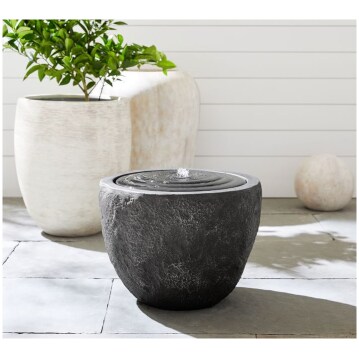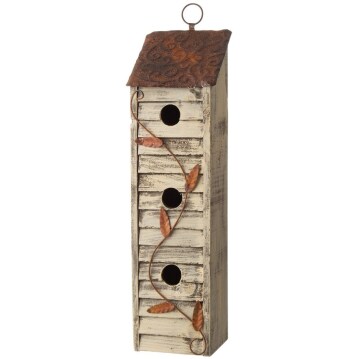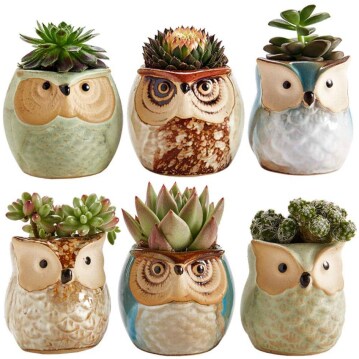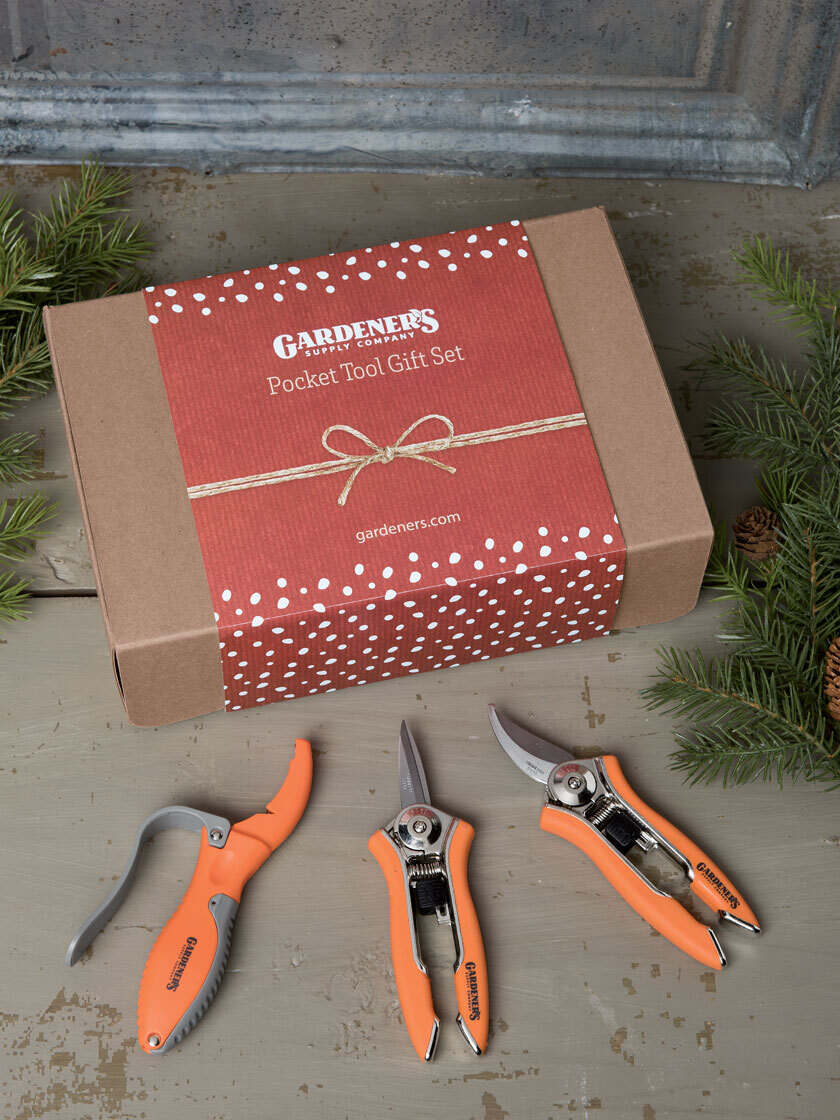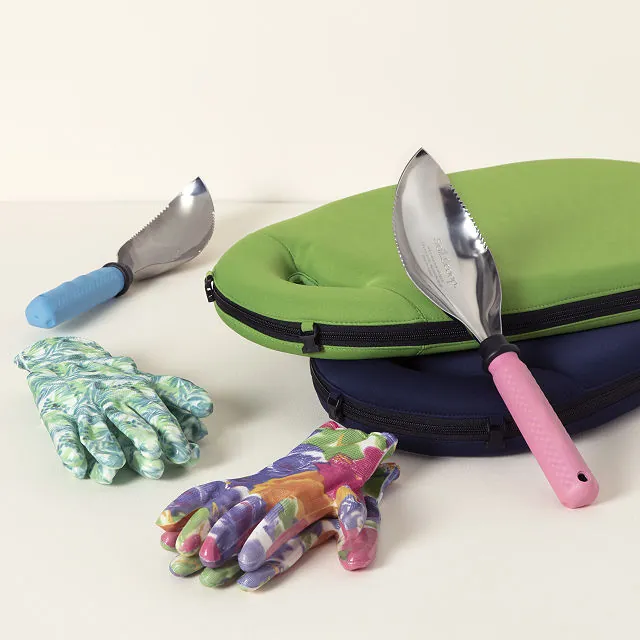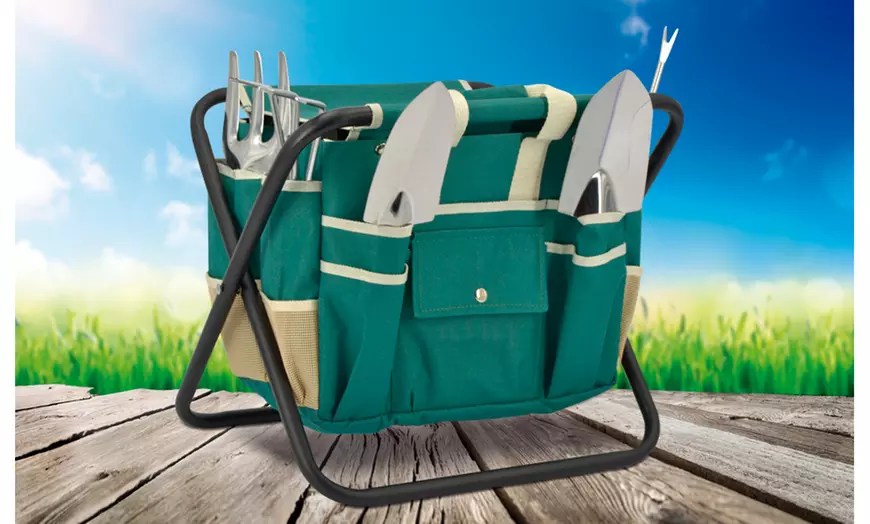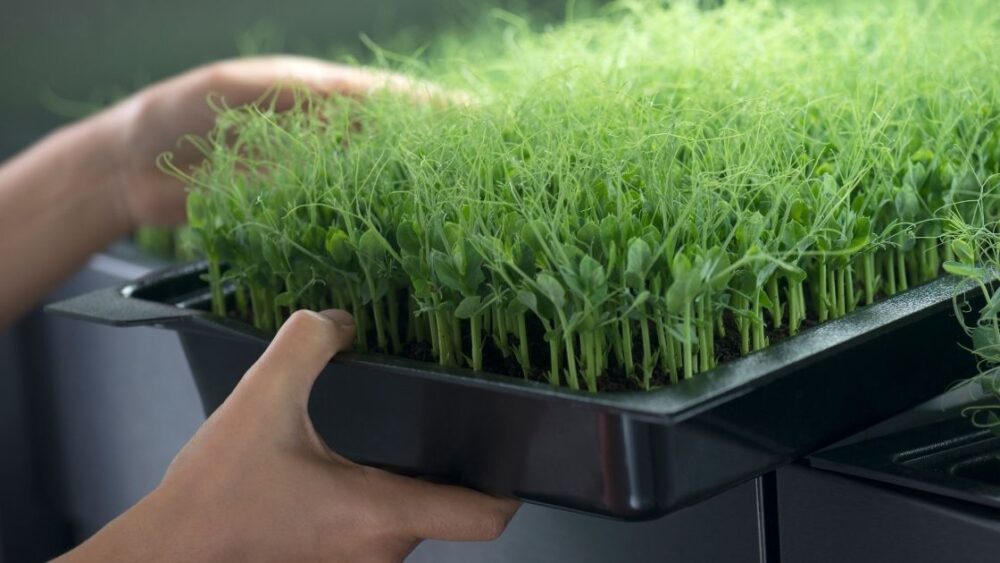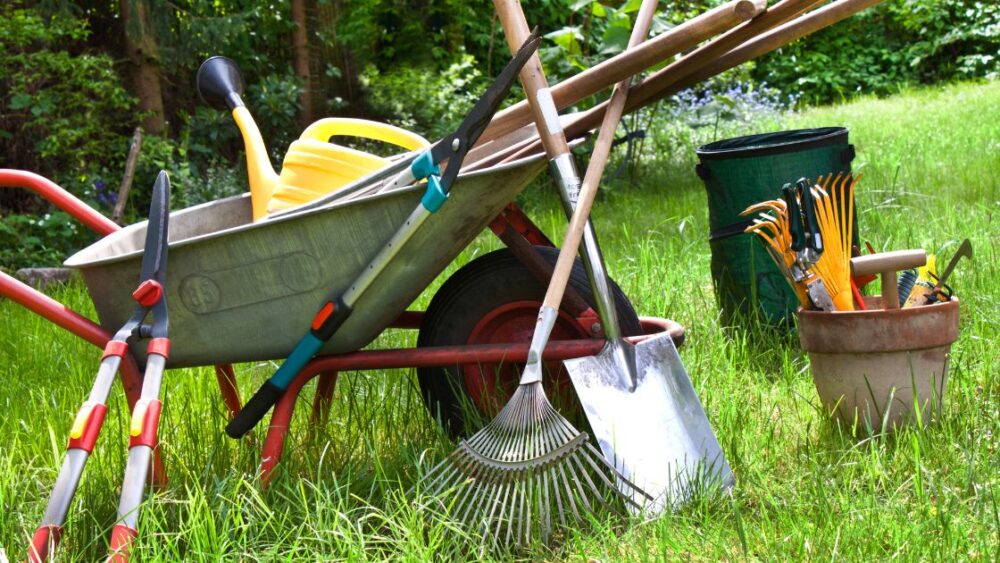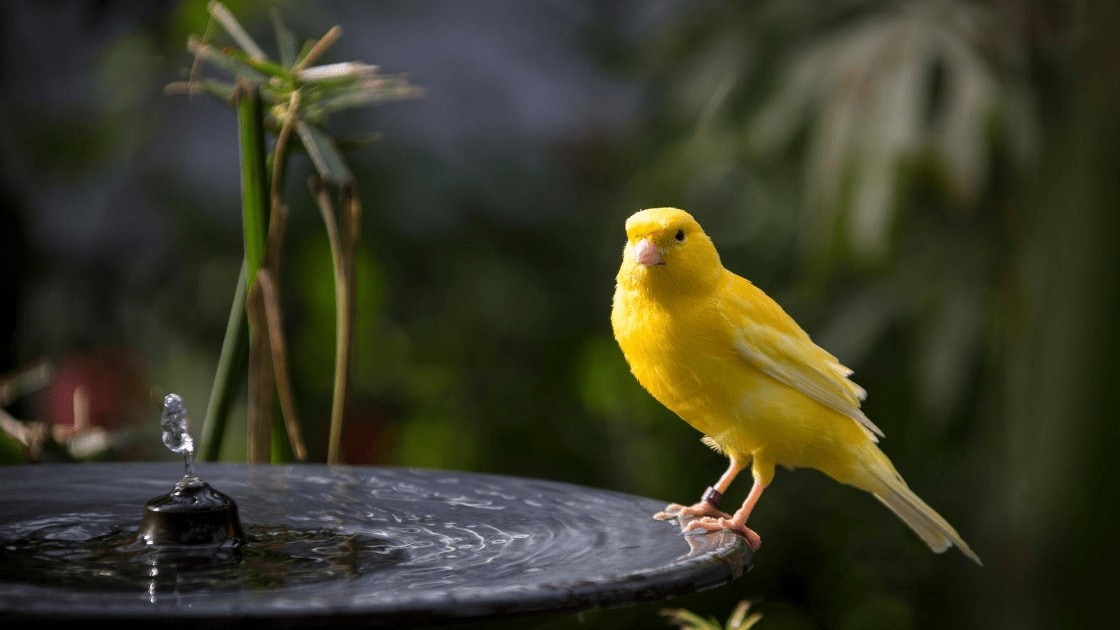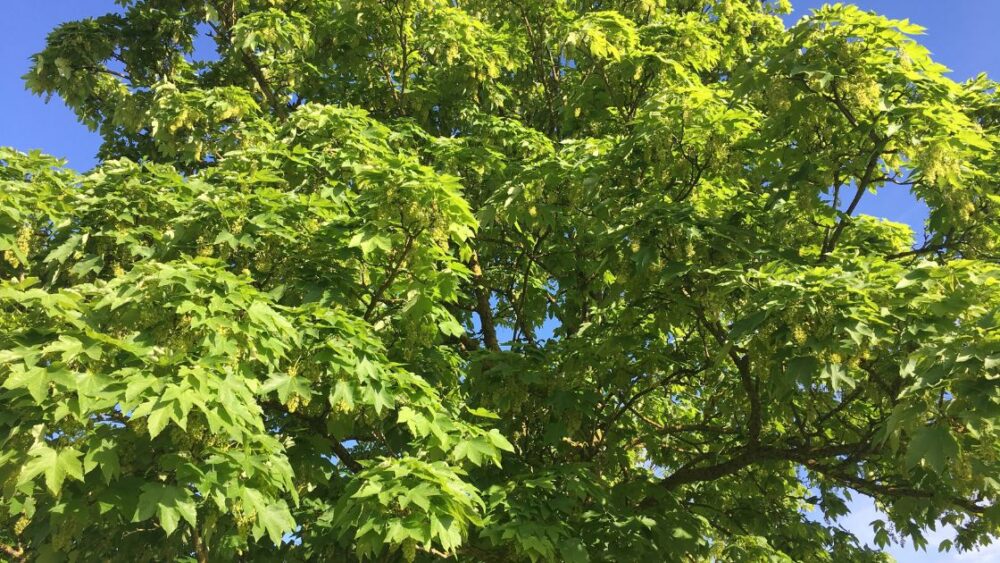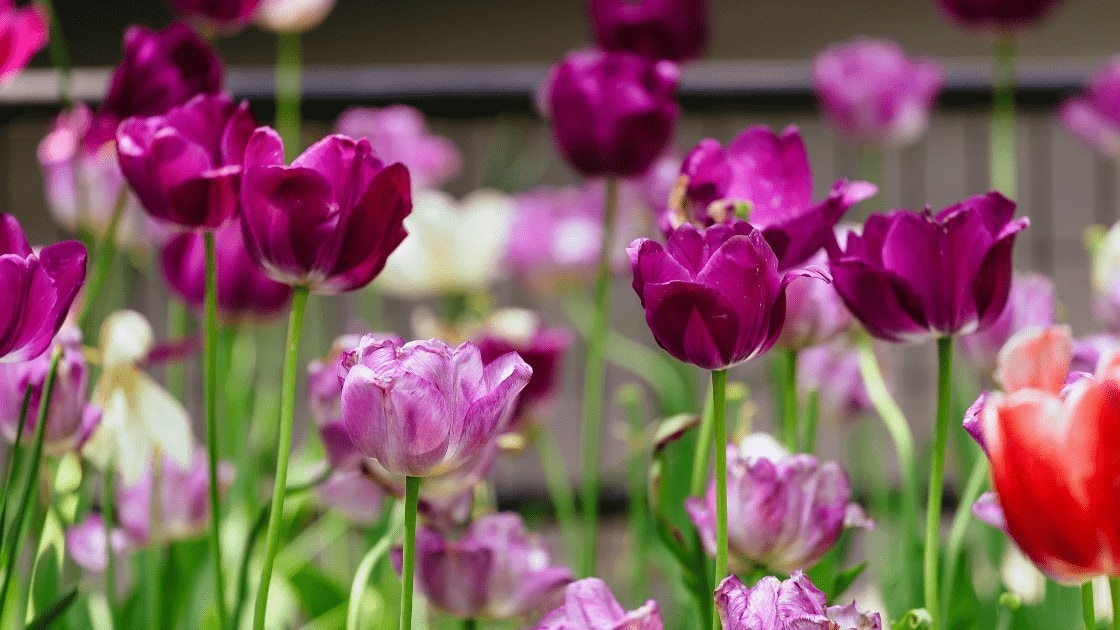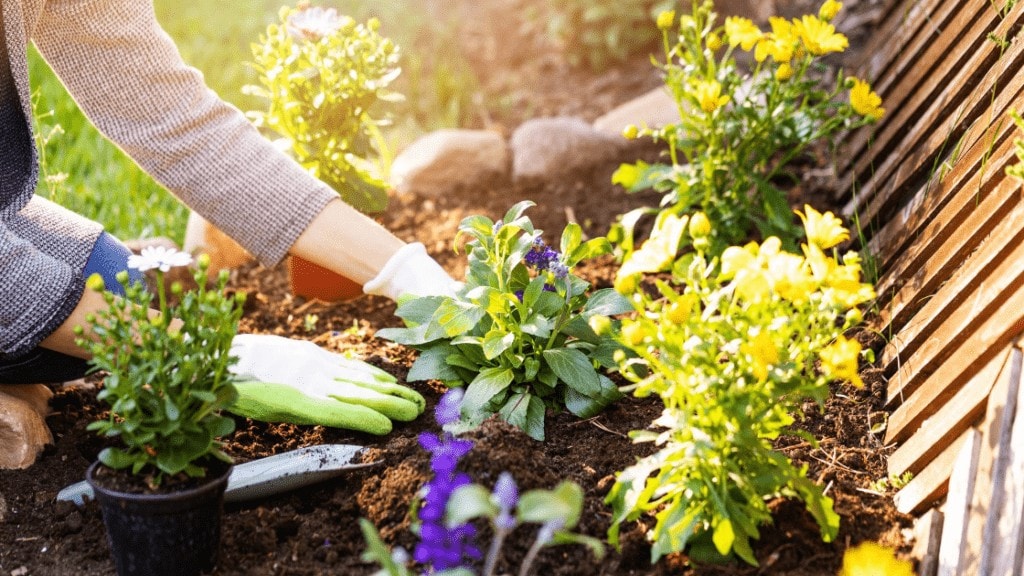
So you want to start your very first garden. Many times, when people choose to start gardens, usually start for reasons such as to reduce stress, anxiety, or simply by wanting to spend more times outdoors. Once you start, you soon realize how creative one can get, and soon figure out what is possible outdoors as well as indoors. While the possibilities are endless, you should have some sort of plan as of how to provide your valuable plants and accessories. In this article we will discuss the basics of planning and planting your very first garden.
Planning Your First Flower Garden
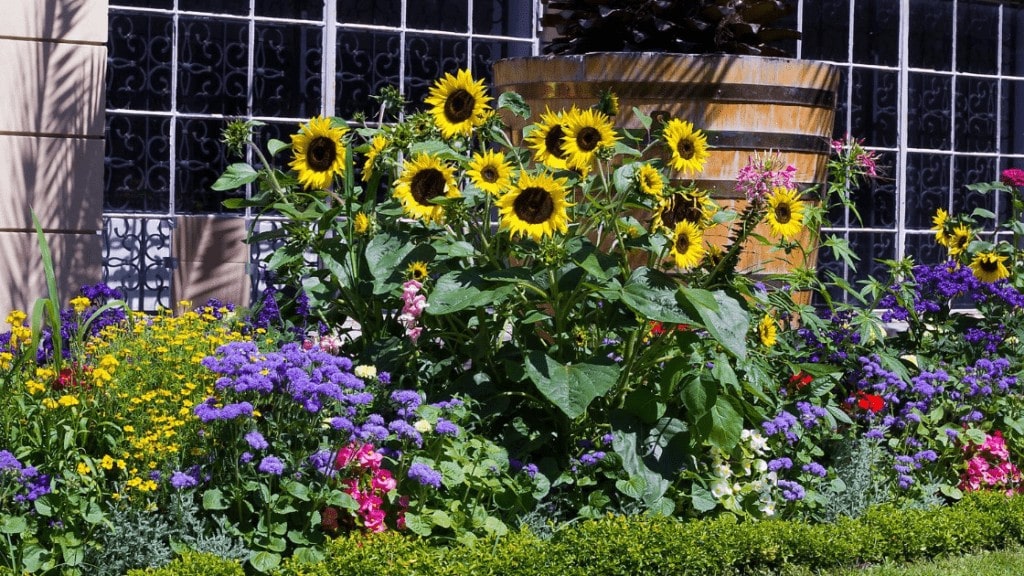
The most important step in starting a garden is to make sure you have a plan. This will help save you time and money in the long run, as well as keep your plants healthy and looking their best. You’ll need to decide on a few things before you can start planting. Here are some helpful suggestions.
Decide where you want your flower garden to go in your yard.
This could be potted, or planted directly into the ground. Also by taking pictures and printing them out, you can design exactly where you want your garden to be placed. This is to avoid anything any unnecessary spending. This may also help with borders or any barriers you may want or need. If your looking for ideas, here’s over 7000 ideas article click here.
Browse our Affiliate Products
- Take into consideration the sunlight (how much will be hitting the area you choose to plant your flower garden so you can base that upon the flowers you choose. Shaded vs. sun loving)
- Know your soil conditions: This can be sandy, silty, clay, etc. This can be because some plants need more drainage than others, or another requirement that one type of soil can’t offer and support.
- Also consider, do you want a raised garden, flower beds, potted garden, wall garden or something else. This will depending entirely on the area you have to work with and if it’s suitable.
- *Most importantly, water source*
By making sure you have a well-placed water source will make life a whole lot easier down the road. You don’t want to walk a long distance to fetch water if your watering a lot of plants. Water get heavy.
Consider what plant material you want
Many people choose plant material based on appearance alone. This can be a mistake later on because the plant, shrub or tree may become to big where it may affect other plants or building structures.
If you simply want to plant small flowering plants there may be no issues, but if you plant such material as creeping vines, this can affect paint and potentially smother out other plants. Just do a little homework before planting. It’s a good thing to ask or do a little research on which types of plants do well together. This is called companion planting.
Also some plants do better in pots, whereas it may be a better option to plant directly into the ground.
Lastly, Budget yourself
While gardening is supposed to be fun and many people are passionate about it, you will soon realize that everything costs. Start small because you can always expand later. Choose plants or seeds that are easy to care for so you can learn in the in’s and out’s of what it takes to care for your garden.
You will quickly learn that plants vary in prices and growing conditions. It always a wise decisions to purchase plants from a reputable dealer. Also you may want to be aware of not introduction plant diseases and harmful insects like aphids. This alone can destroy your garden.
What You Will Need
Garden gloves
(with padding is preferable) or you can choose to buy standard gloves, but if you spend a little extra on a good pair, you won’t regret it.
Garden tools
- (A shovel, spade, fork, and trowel–all with pointed ends is best)
- Weed-eater
- Pruners
- Loppers
- Hose
- Watering can or hose with a spray nozzle
As you progress you will find you may need more tools for different jobs as well as accessories to compliment your garden space.
Knee pads
Of course to protect your knees.
Click here to view our affiliate garden tool category. Garden tools Sets
What is the soil type and conditions?
This is all based on soil that is specific to you. You may need to purchase potting soil mix, amendments such as gypsum, or you may simply need to aerate your soil. This is simply punching holes directly into the soil so water and nutrients can reach the root zone.
For more information about soil, check out this article. What Are The BEST Potting Soils for Every Type of Plant?
Plant food and Fertilizers
Usually this comes in an additive that can be sprayed directly to your soil, and each product you purchase gives a specific achievement and is extremely similar to fertilizers in regards to the nourishment it provides to plants.
All fertilizers consist of Nitrogen, Phosphorus, and Potassium which is abbreviated as (NPK). Depending what you are choosing to plant will help you decide on what plant food you will need.
Tool shed
Many times, this is overlooked and tools are placed outside and become damaged over time. Tools sheds come in all shapes and sizes depending on your needs, and are built to last. To read more about garden sheds check out our link below.
If you would like to read more about garden sheds, and what is right for you, check out our article by clicking on the link. Outdoor Garden Sheds (Which Is Right For Me?)
Water source
Depending on how you would like to water your plants, you may want to install a drip or sprinkler system, but it really comes down to practicality. We offer two articles that may help you decide.
For sprinkler systems: Sprinkler Systems: Pros, Cons And Common Uses For Gardens
For drip systems: Drip Irrigation: Pros, Cons, and Garden Uses
Designing and preparing your garden consists of:
This is important because you will want to make sure you have enough space for all of your plants, as well as a path so you can move around easily. You may also want to consider how much sun or shade the area gets throughout the day. This will help you determine what type of plants you can grow in the area. Also by preparing the soil, you will ensure you have a fresh start.
- Removing weeds, rocks and grass.
- Use 50% native soil and 50% nutrient rich garden soil.
- Lay out decorative rocks or wooden/iron fencing.
- After your soil is tilled (prepared and cultivated) you will need to spread out your garden soil.
- Choose your flowers.
- When choosing your flowers for your first-time gardening, I personally recommend you stick with perennials (these plants will come back each year.) Once you get more practice and learn more about flowers you can start using annuals (these flowers need to be replaced every year.)
- Remember to ALWAYS read how much space each plant needs to grow. (You can find this information on the tag of the flowerpot it came in.)
- A good idea before planting your flowers is to keep them in the pot they came in and lay them out in your garden so you can see how they will look and if you need to you can always move them around.
- Once you decided where you want hem you can now plant your flowers.
TIP: By adding various heights of flowers this will enhance your gardens dimensions and will definitely make your garden look great!
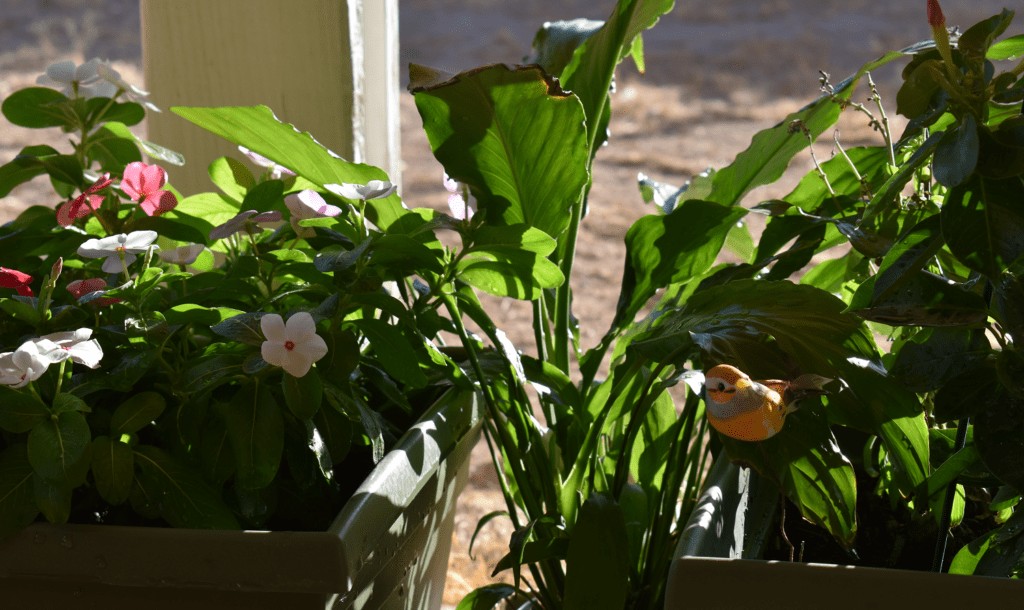
Maintaining Your Garden
Although maintaining a garden shouldn’t be difficult, it does take some time and effort. Here are some recommendations.
- Make sure you read and understand the instructions on the flower tag of the flower pot you purchased. (You can stick the plastic tag behind the flower in the garden so you can refer to the maintenance (when in doubt) and it won’t be noticeable.
- It is VERY IMPORTANT you DO NOT OVER WATER!!!
- The best time to water is in the evening once it has cooled down and the sun is not so hot.
- You can water every other couple of days depending on the weather.
Final Thoughts
While we all have our passions, gardening is one of those things that brings us closer to who we really are. You may not think about it as such, but we are one with the earth, and the earth is one with us. By taking the time to care for your garden, it will provide beauty year after year, and will benefit you in more ways than what you may think. Happy gardening.
